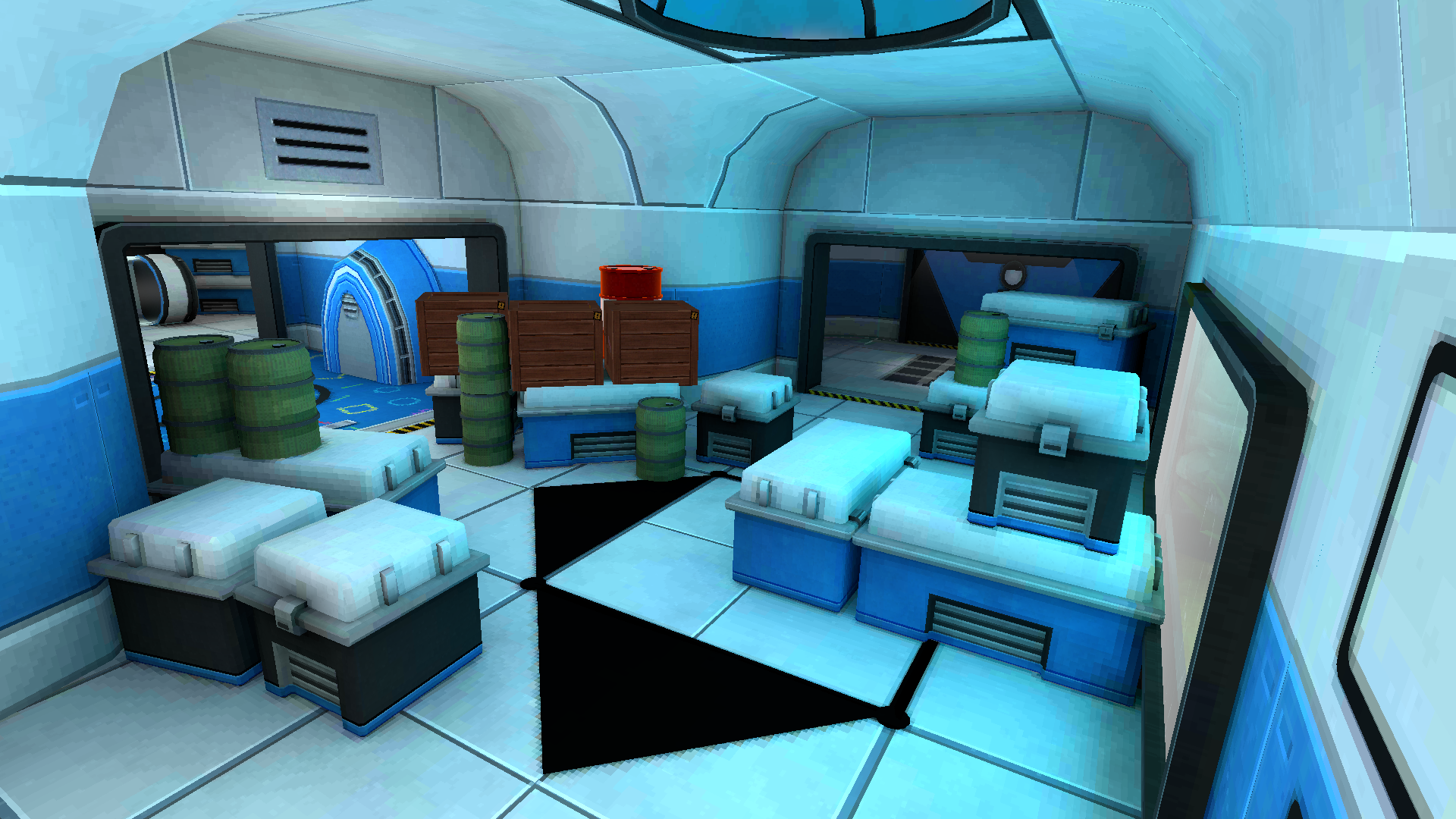Development Information:
Levels: Offices, Warehouse, Train (Upper & Lower), R&D Labs & Resort
Genre: VR Shooter
Engine: Unity
“Agile”
Key responsibilities & Process
During my time at Sigtrap Games I worked with the awesome team. I had the opportunity to contribute as a Level Designer on Under Cover VR, a retro-inspired co-op lightgun arcade shooter developed for the Meta Quest. Working within a small, tight-knit team, I was deeply involved across multiple stages of level creation, from concept to completion. Here's an overview of how I approached my work:
📋Collaborative Design & Agile Workflow
Our team operated under a two-week sprint agile structure, starting each day with scrums to align on tasks and priorities. I collaborated closely with senior designers, artists, and programmers to shape and refine level designs, regularly presenting progress and receiving feedback through drawovers and internal playtests. This iterative review process ensured that each level hit gameplay goals and team expectations.
🧰Tool Development & Workflow Optimization
Early in development, I contributed to the creation and iteration of in-house tools designed to streamline level design workflows. I actively provided feedback and worked alongside programmers to enhance these tools, helping to boost efficiency and flexibility across the design pipeline.
🗺️Mission Design & Execution
I was responsible for four distinct missions across the project, which spanned over 15 months. Each mission came with a synopsis and concept art to guide the design. From there, I followed a structured workflow:
Initial Blockout → Draw-over & Playtest
Refined Blockout → Draw-over & Playtest
(Repeat as needed)
Advanced Blockout
Each stage involved tight feedback loops with a senior designer and culminated in end-of-sprint presentations to the broader team.
The four missions I worked on included:
Mission 1: Atrium, Offices, Warehouse
A grounded, layered opening experience that introduced players to the game’s tone and core mechanics.Mission 2: Lower & Upper Train Sections
A contrasting two-part mission: the lower section portrayed a gritty, industrial lower-class transport area, while the upper section was refined and orderly, reflecting a high-society luxury train environment.Mission 3: R&D Labs
A mysterious, high-tech facility filled with experimental tech, encouraging creative combat and exploration opportunities.Mission 4: Resort
A visually vibrant and dynamic space combining leisure and chaos, requiring a careful balance between aesthetic detail and intense action.
⚔️Gameplay Crafting
I was responsible for designing and implementing combat encounters, carefully considering enemy placement, cover distribution, and sightlines to create a challenging and engaging player experience. Throughout development, I worked with the team to evaluate opportunities and craft proposals that aligned with design goals and narrative beats.
🤝Cross-Disciplinary Collaboration
Given the team’s size, I often worked beyond traditional level design responsibilities. I regularly coordinated with the art and engineering departments to discuss bespoke assets and scripting needs. I also worked with external QA, helping to triage bugs and organize Jira tickets within appropriate swim lanes for testing and validation.
🛠️Performance & Optimization
As the project neared completion, I took a role in ensuring levels met the required performance and memory budgets via drawcalls. This involved employing optimization techniques to maintain smooth gameplay on VR hardware without sacrificing visual fidelity or design intent.
































